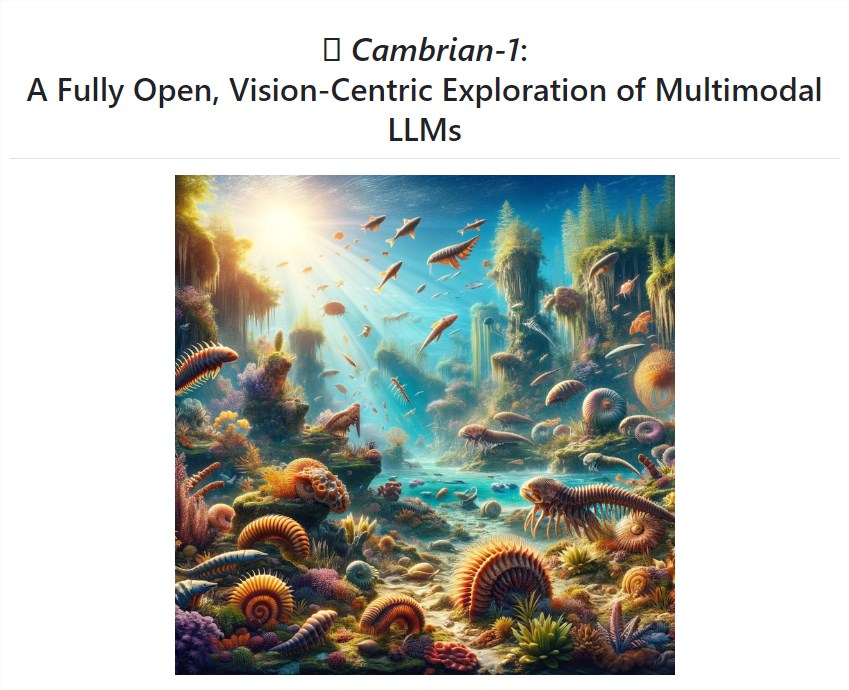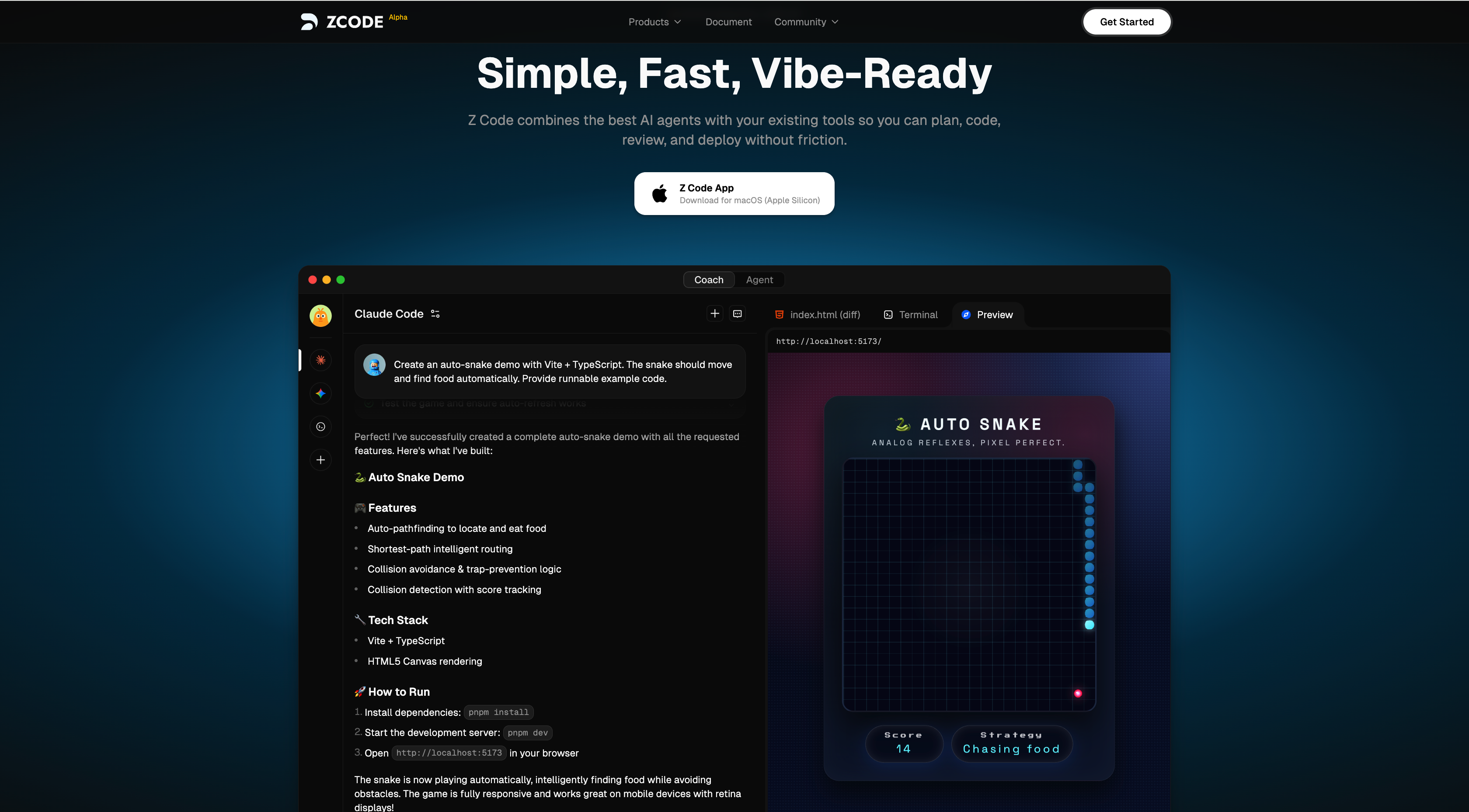In the realm of AI, we have just welcomed a remarkable new addition—Cambrian-1, a multi-modal large language model (MLLM) crafted by industry giants such as LeCun and Xie Saining. The emergence of this model represents not just a technological leap, but also a profound reflection on multi-modal learning research.
The design philosophy of Cambrian-1 prioritizes vision, which is particularly valuable in today's AI research dominated by language. It reminds us that the ways humans acquire knowledge are not limited to language; visual, auditory, and tactile experiences are equally important. The open-source nature of Cambrian-1 provides a valuable resource for all researchers and developers interested in multi-modal learning.

The construction of this model revolves around five core elements: visual representation learning, connector design, instruction tuning data, instruction tuning strategies, and benchmark testing. Each element represents a deep exploration of the MLLM design space, reflecting the research team's unique insights into existing issues.
It is noteworthy that Cambrian-1's performance on visual-language tasks is impressive. It not only surpasses other open-source models but also competes with top proprietary models in some benchmarks. This achievement is the result of innovative thinking by the research team on instruction tuning and connector design.
However, the journey of Cambrian-1 has not been without challenges. Researchers found that even well-trained MLLMs may lack conversational abilities, a phenomenon known as the "answering machine effect." To address this, they introduced system prompts during training to encourage richer dialogues.
The success of Cambrian-1 is离不开背后强大的研究团队. Among them, Shengbang Tong (童晟邦) as the first author of the paper, his contribution is indispensable. Currently, he is pursuing a Ph.D. at New York University under the guidance of Professor Yann LeCun and Professor Xie Saining. His research interests span world models, unsupervised/self-supervised learning, generative models, and multi-modal models.
The open-source nature of Cambrian-1 brings a breath of fresh air to the AI community. It not only provides a powerful tool for multi-modal learning but also stimulates deeper thinking about multi-modal learning research. With more researchers and developers joining the exploration of Cambrian-1, we have reason to believe it will become a significant force in driving AI technology forward.
Project link: https://github.com/cambrian-mllm/cambrian










